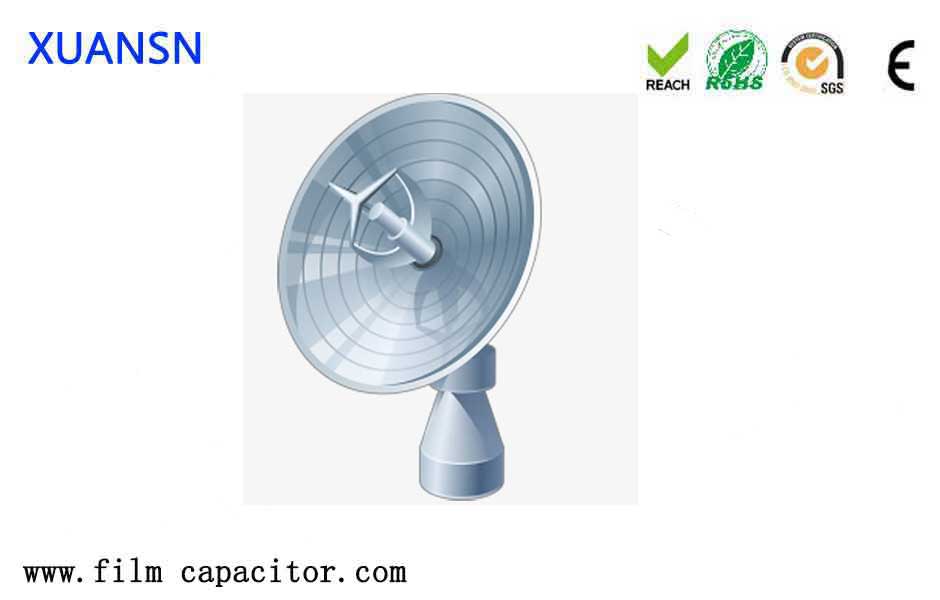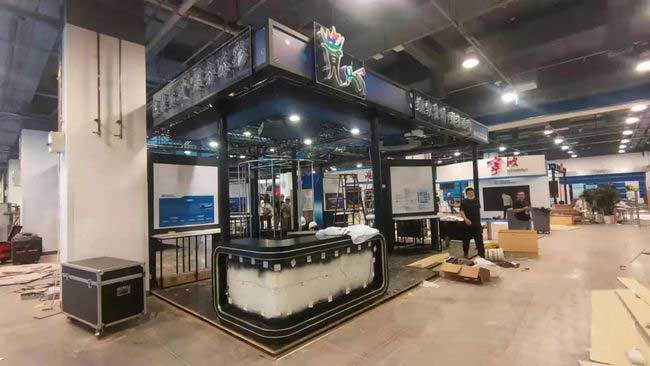Application of current sensors in battery-based components and capacitors
It is foreseeable from the direction of building a new power system with new energy as the main body. The development of energy storage business is entering a fast lane. The rise of energy storage has brought about increasing market demand for energy storage devices and innovation in energy storage technology. Changes have higher requirements. Because lithium battery has high storage energy density; long service life; high power endurance; low self-discharge rate; light weight; strong adaptability to high and low temperature; does not contain and does not produce any lead, mercury, cadmium and other toxic and harmful heavy metal elements and substances , Green and environmental protection and other advantages, have become the first choice for energy storage methods. And good manufacturing processes and technologies have become the key to ensuring the performance advantages of lithium batteries. As an indispensable process in the production process of lithium batteries, battery chemical composition plays a vital role in the performance of lithium batteries. The quality of formation directly affects the first efficiency, cycle life and thermal stability of lithium batteries. Sex and safety performance.
Generally speaking, the process of battery formation is divided into constant current charging, constant voltage charging and constant power charging, constant current discharge, constant power discharge and constant resistance discharge phases. The battery formation process has error requirements for the measurement of lithium battery charging and discharging current and voltage. It is higher, so a current sensor with higher precision requirements is needed to ensure that the overall accuracy of the chemical conversion equipment meets the high requirements and high standards. In addition, the formation process also has strict requirements on temperature, so the temperature drift performance of the current sensors is also very important.
Formation: generally refers to the implementation of a series of technological measures to stabilize the performance of the first charged battery, including low-current charging and discharging, and constant temperature standing. Activate the battery, charge the battery cell with a small current, activate its internal positive and negative materials, and form an SEI film on the surface of the negative electrode, which makes the battery performance more stable. The battery can only show its true performance after being formed. If the battery cell is not formed, it cannot be charged and discharged normally.
Capacity classification: A simple understanding is capacity sorting, performance screening and grading.




